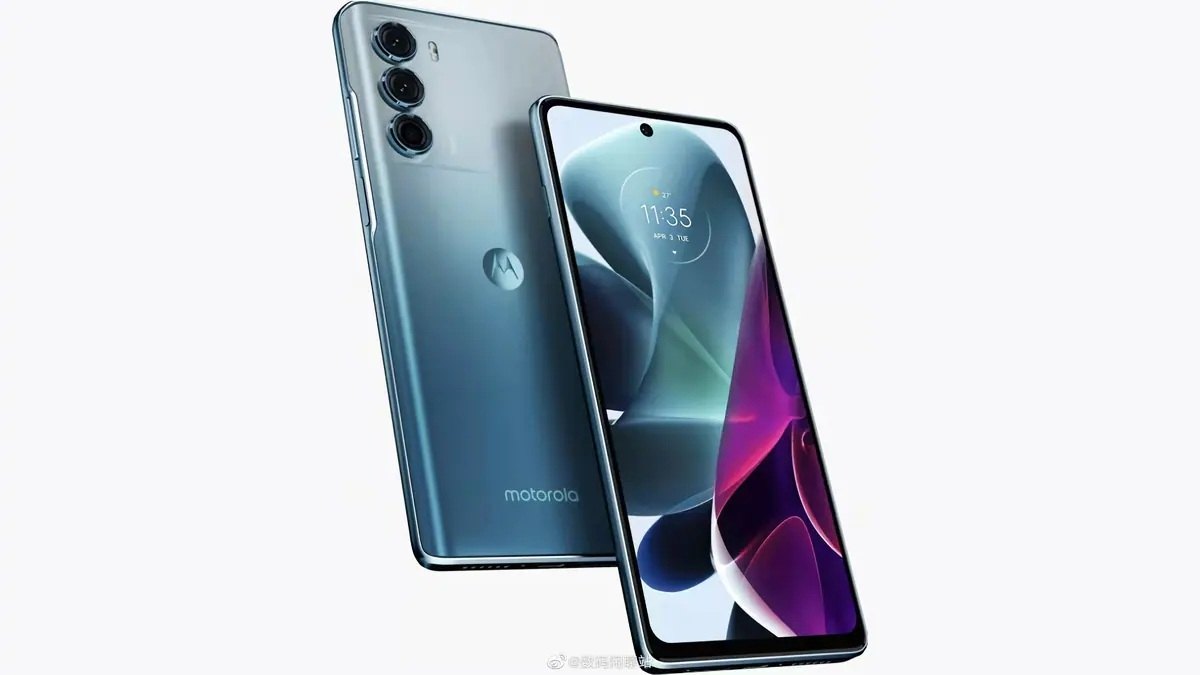The Nokia T20 tablet is the second Nokia branded tablet after approximately seven years of entering the tablet market with the Nokia N1 in 2014.
Since the Nokia brand was only acquired by HMD Global in 2016, the Nokia T20 automatically becomes the first Android tablet released by HMD Global, after several years of releasing smartphone products.
By design, the Nokia T20 tablet carries a 10.4-inch diagonal IPS LCD panel with a resolution of 1,200 x 2,000 pixels and a screen ratio of 5:3. This screen also supports video playback features up to 2K resolution and has a brightness level of up to 400 nits.
On the front, on the top frame of this tablet, there is a 5 megapixel resolution camera that can be used for selfies. The back of the tablet is also equipped with one other camera with a resolution of 8 megapixels, which is accompanied by an LED flash module to assist shooting activities in low light conditions. In terms of performance, the Nokia T20 is powered by the Unisoc T610 chipset with a speed of 1.8 GHz. The tablet chipset is combined with 4 GB of RAM and storage media with a capacity of 64 GB which can be expanded up to 512 GB with a microSD card.
Just like most tablet devices, this latest Nokia tablet also has a battery with a fairly jumbo capacity, which reaches 8,200 mAh, which supports 15 watts of charging.
Other supporting features on this tablet include a biometric face unlock feature, Google Kids Space for special tablet use modes for children, to a dust and splash resistance certificate with an IP52 rating. There is also support for sound output with Ozo Audio technology, dual stereo speakers, dual microphones, and support for a USB Type-C connector and a 3.5 mm audio jack.
Turning to the software sector, the Nokia T20 already runs the Android 11 operating system (OS), which will get a three-year security update guarantee from Google, and two years of Android updates.







